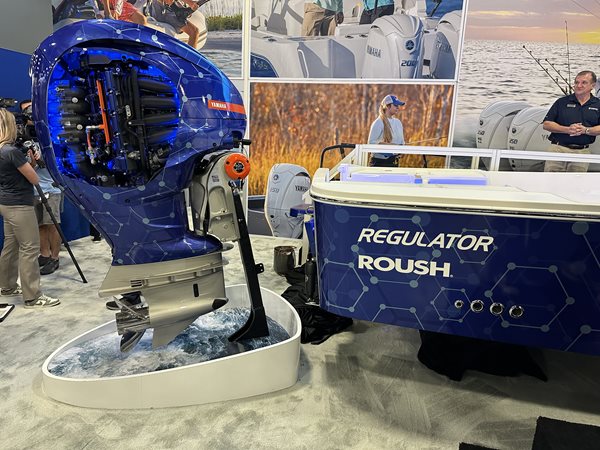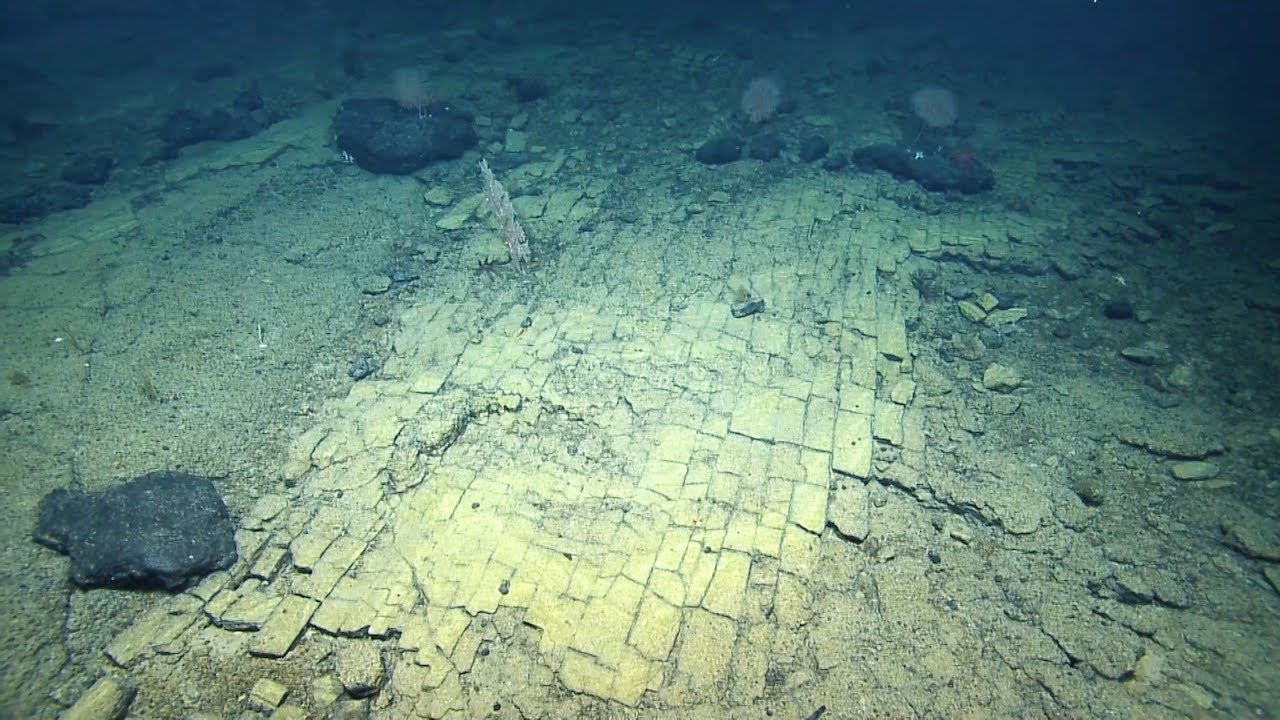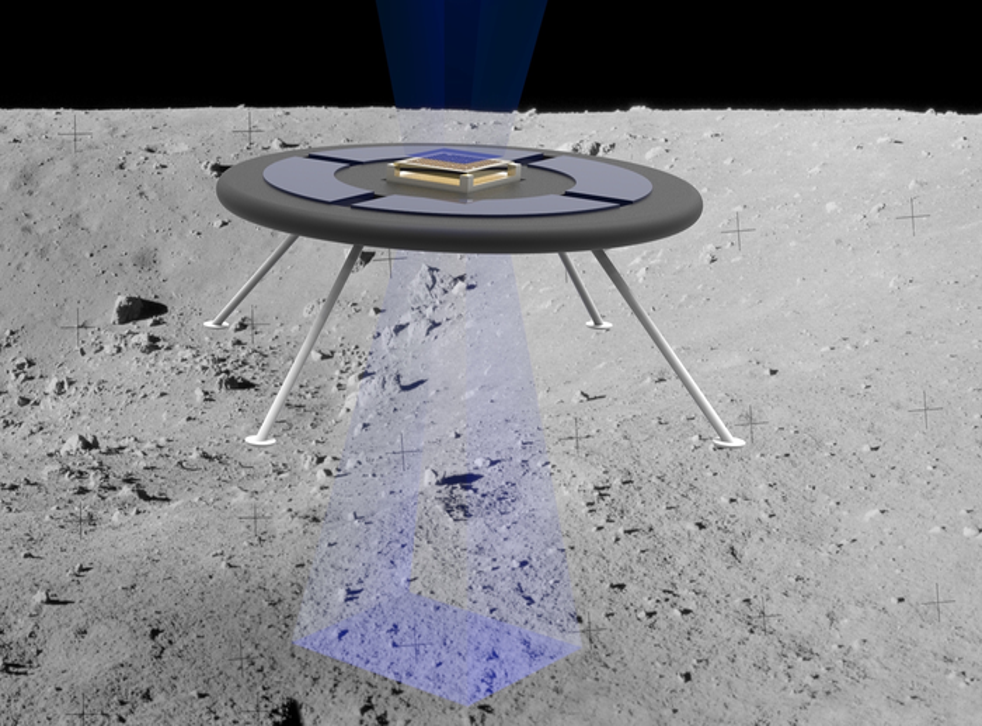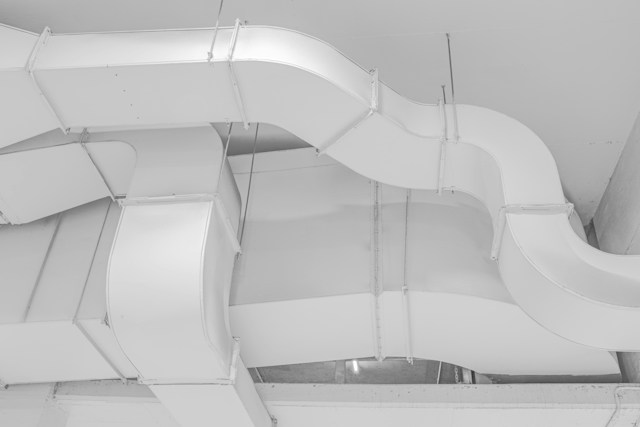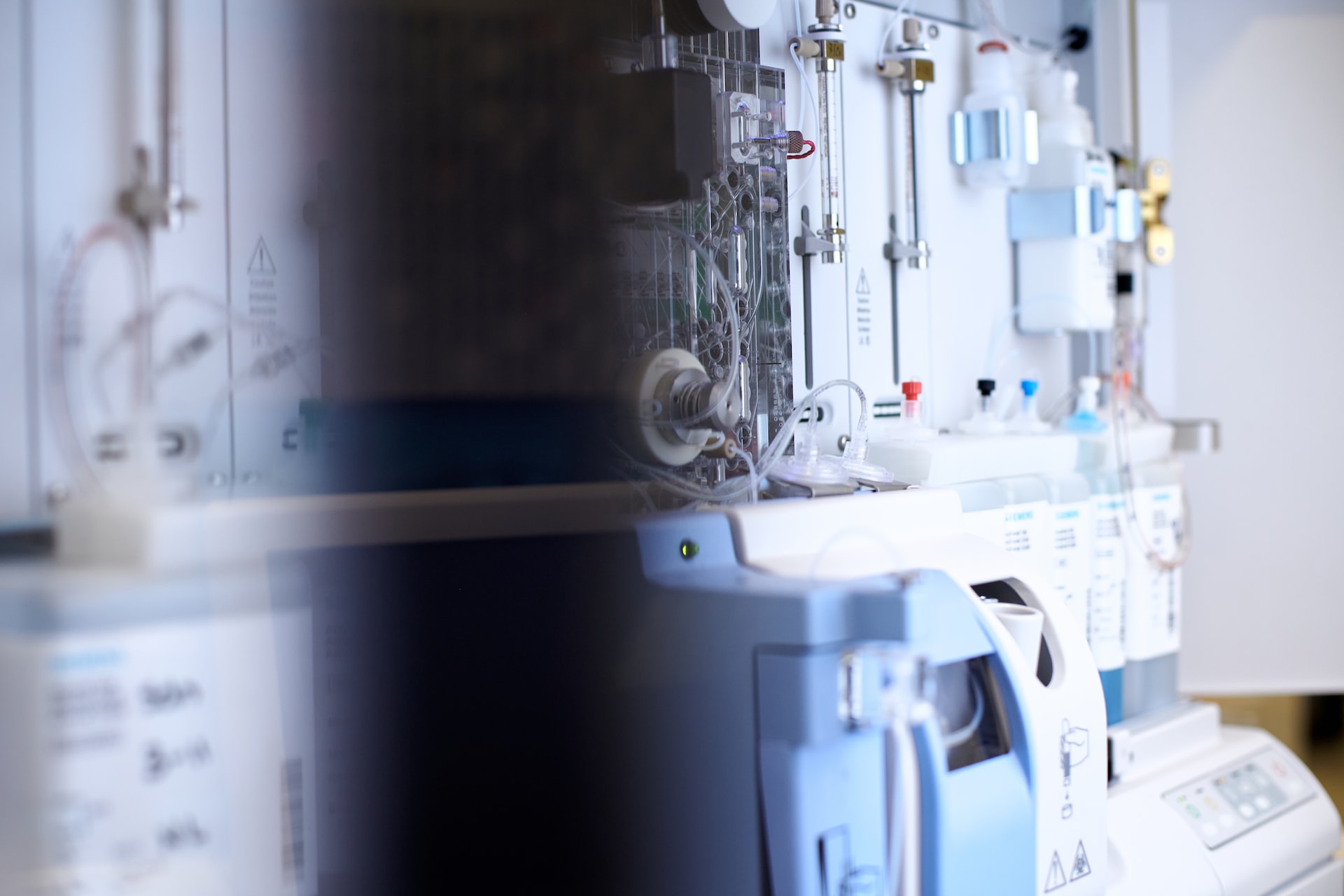One of the most spectacular, harrowing and deadly human events is the crash of a helicopter. One moment, it’s flying smoothly through the air and the next pirouetting toward the ground, sometimes sailing back and forth out of control, its pilot struggling to right it, until it hits a power line or the ground. As a helicopter crashes, its rotors continue spinning until they are ripped apart at impact, flying off in all directions.
NASA Helicopter Crash Tests Save Lives & Property
Once the crash has occurred, the next big event is usually an explosion of onboard fuel that occurs just after impact. If occupants have not been injured or killed in the crash, their lives are now threatened by a large tank of extremely flammable fuel, usually located just under the cockpit.
While any loss of life is tragic and to be avoided, the loss of highly trained military personnel can be extremely damaging to a military unit.
Luckily, a small “crash dummy” industry has sprung up in the United States over the years to help the automobile industry improve their safety record. And at NASA, “crash dummies” are used for the same purpose: filmed and monitored with sensors so that each moment of the crash can be understood, the maximum G-Forces on the dummies is obtained using accelerometers and injury and fatality assessments made for each dummy. In some cases broken bones, in others, spinal injuries and brain trauma and in others loss of limb and life.
Conducting A Helicopter Crash Test
At NASA’s Langley Research Center in Hampton, Virginia, engineers test helicopter safety by dropping a 45 foot long fuselage at about 54 mph at a 33° angle, an event considered a “severe” helicopter crash. During the test, seatbelts and other equipment on board are monitored using 40 cameras inside and outside the helicopter.
On board are 13 crash dummies, some of the “instrumented”, ie: a torso fitted with human organs, all of which are monitored throughout the entire sequence. The helicopter fuselage in the video is a CH-45 Sea Knight typically used by the U.S. Navy.
The NASA test program has led to the design and creation of new technology, including high performance, lightweight and composite retrofits to the helicopter that are being tested to assess their effectiveness during crashes.
Related IndustryTap articles:
- The Beluga: A ‘Whale’ Of a Plane Built To Carry Other Planes and Helicopters!
- This Is Real Life… The Black Knight Transformer Is a Truck-Helicopter Hybrid!
- The World’s First No-Tail Rotor Helicopter is Powered by Compressed Air
References and related content:

